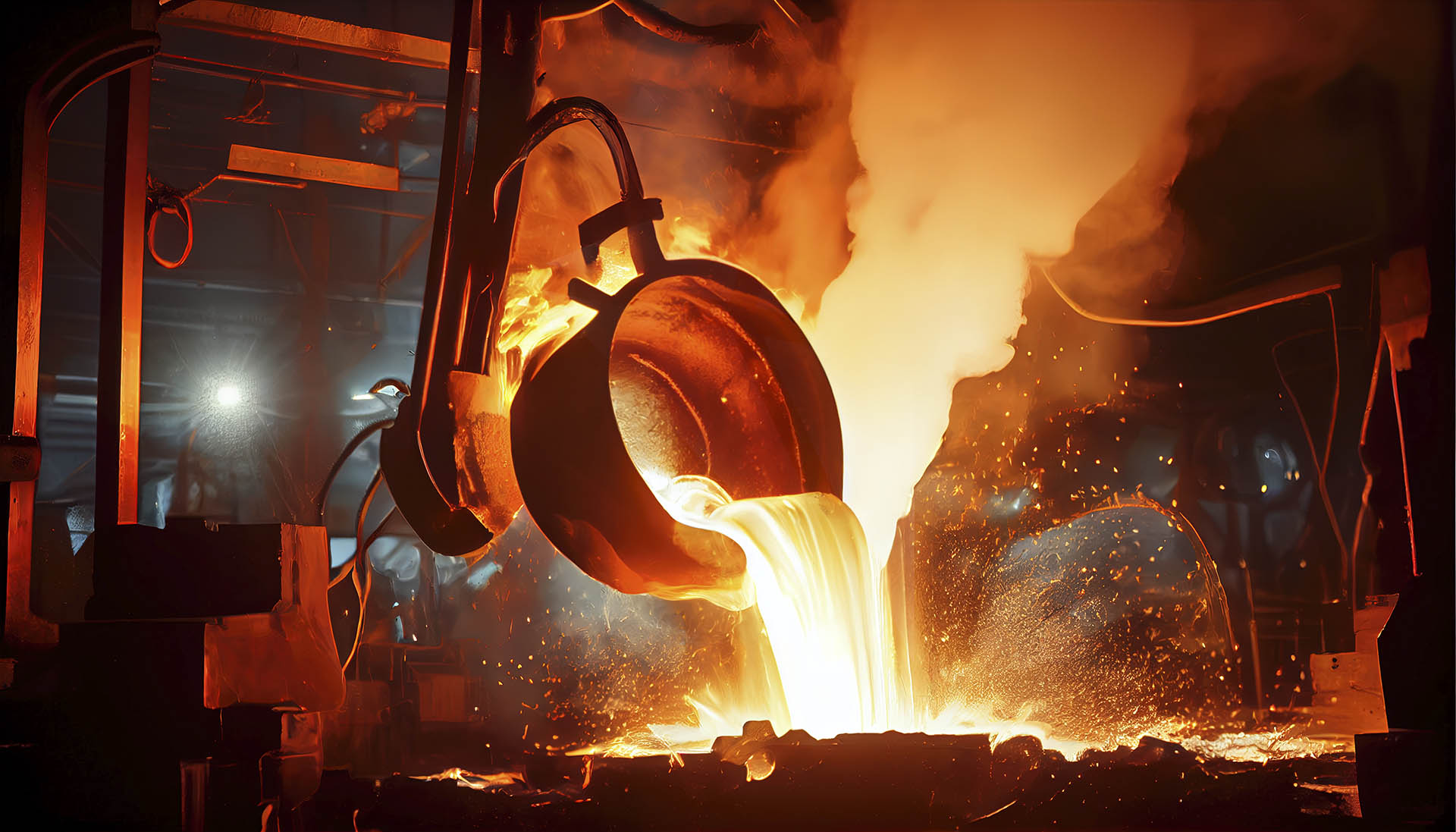Green Iron: A Sustainable Steel-Making Process
Green Iron is a description for sustainable processes under development, many that use renewable electricity and green hydrogen (instead of coal or natural gas and other fossil fuels), to convert iron ore into iron products that can then be used to create high-grade steel. These processes have the potential to reduce steelmaking carbon emissions by over 90% compared to fossil-fuel-based steelmaking processes. Traditional steel-making processes are highly carbon-intensive and contribute significantly to global carbon emissions. Steel production globally is currently responsible for approximately 8% of yearly human-derived carbon emissions. It is a key component in many industries and activities around the world, while the demand for steel will continue to grow. The Green Iron technologies offer innovative solutions to reduce the carbon footprint of steel production and promote sustainable development. For Australia, a country rich in iron ore deposits and the major exporter of iron ore globally, this equates to a significant opportunity to transform the Australian economy and become a superpower in the zero-carbon economy.

Green Iron Process
At present the main Green Iron-processes being pursued utilise renewable energy and hydrogen to convert iron ore into iron. The processes involve the reduction of iron ore to iron using hydrogen gas, followed by the conversion of iron into steel using an electric arc furnace. The hydrogen required for these processes is produced using renewable energy sources such as wind and solar power, creating what is known as “green hydrogen.” This makes the Green Iron process routes a sustainable, near zero carbon emission feed for steel-making processes around the world.
The traditional steel-making process involves the use of coal made into coke, also natural gas and other fossil fuels to heat and reduce iron ore to iron, producing large amounts of carbon emissions. The major Green Iron processes underway use renewable energy and hydrogen instead, resulting in significantly lower carbon emissions. These processes eliminate the need for coal in iron production, offering a sustainable steelmaking solution for the future.
Opportunities for South Australia
South Australia is in a unique position to benefit from these innovative technologies. The state has access to abundant renewable energy sources such as wind and solar power and the capacity to build even greater renewable energy capacity. Green Iron creates an opportunity for South Australia to diversify the state economy while reducing the carbon footprint of steel production.
South Australia has recognised the importance of green hydrogen and has developed a plan to establish the state as a leader in this field. The plan includes the construction of a massive hydrogen electrolyser, which will be one of the largest in the world. The South Australian government has stated that the project will:
- enhance South Australia’s grid security, through new dispatchable generation
- prove hydrogen production and generation technology at scale
- help unlock a pipeline of renewable energy developments and associated manufactory opportunities
- catalyse other hydrogen projects in development, including export-focused projects
- support South Australia’s continued clean energy transition and decarbonisation.
Some uses could include fuel for transport, conversion to other green chemicals and exported to international markets and being utilised in manufacturing sustainable steel through green iron production.
The 250MW green hydrogen electrolyser which is set to be built in the Upper Spencer Gulf is expected to create over 2,000 jobs during construction and drive clean energy growth in the region.
Benefits of Green Iron
The Green Iron process offers several benefits, including:
- Reduced Carbon Emissions: The use of renewable energy and green hydrogen to produce steel could decrease steelmaking process carbon emissions by over 90%, making these new process routes more sustainable and environmentally friendly alternatives to traditional steel-making processes.
- Diversification of Economy: The Green Iron technologies offer an opportunity for South Australia to diversify its economy by creating new green product streams, industries and jobs. This would promote circular economy sustainable development for the state, Australia and the world.
- Export Green Iron products: Making use of South Australia’s abundant renewable energy opportunities to produce green iron products will enable SA to export these products as feed inputs to other steel-producing nations that cannot create the green iron themselves and will significantly help reduce global emissions in-line with limiting global warming to 1.5°C.
- Promotes a Clean Energy Future: By utilising renewable energy sources to produce heat and hydrogen, the Green Iron processes support the transition to a low-carbon economy and promote a cleaner and more sustainable future.
Renewable energy, green hydrogen production and the establishment of Green Iron production present an exciting opportunity for South Australia. By investing in clean energy solutions and sustainable green pathways to steel production, the State can drive economic growth by creating new industries while also reducing worldwide the carbon footprint of these industries. The government’s plan to build a hydrogen electrolyser and attract investment in these industries shows a commitment to a clean energy future and further positions South Australia and Australia as global leaders and superpowers in the zero-carbon economy.
